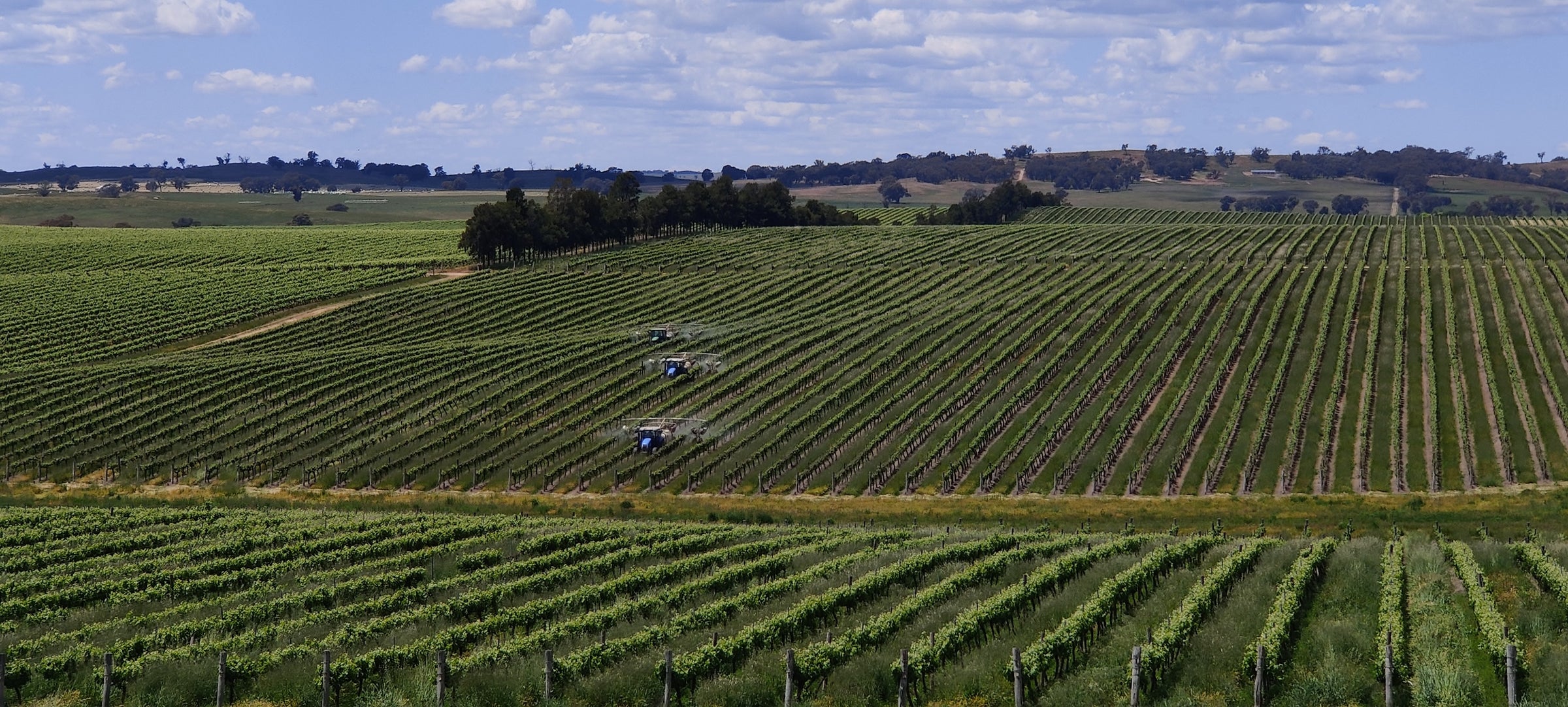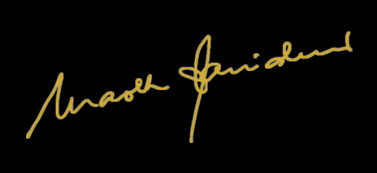Flavours of Framboise
Framboise is French for the word raspberry, pronounced ‘frahn- bwaz’. Liqueurs date back to the Middle Ages and were used primarily for medicinal purposes. Framboise is a fortified sweet red wine, which has in some instances been known to age for over 100 years. Our Managing Director and Chief Wine Director, Mark Davidson first discovered Framboise on a trip to France in 1995. Mark and his wife Lou visited a Farmhouse Restaurant in the Rhone Valley where dishes served included fresh raspberries from the farm.
The ambience of France and the flavour of the liqueur served on the trip inspired Mark to create his own taste of Tamburlaine Framboise. Sourcing the raspberries was the first step in creating the liqueur. Since one of Mark and Lou’s neighbours in Orange grew raspberries, they enquired to see if they could utilise the excess produce to be used to create Framboise.
The process of creating our Framboise was to develop a fortified wine base, which entails distilling the spirit by adding in brandy and later infusing raspberry juice. This step increases the alcohol content of to 17%, which helps to rework the flavour of the final wine. The blend then undergoes a process called Solera, where the wine is stored and aged in a barrel before being transferred into later barrels for many years, until the blend reaches its optimal maturity. This process infuses and develops richness, adding extra flavour with oak barrel characters.
Due to the acidity of raspberries and the texture of the seeds, Tamburlaine only produces Framboise in small batches. The recipe of our framboise is a continual process and has been adapted over the years to suit the style here at Tamburlaine Organic Wines. Framboise is more often used in recipes to intensify raspberry flavours. Our Framboise pairs well with any chocolate dessert, but is a match made in heaven when it comes to dark chocolate as the properties of both complements and enhances the flavour of one another.
The palate of our Framboise is rich in raspberries, being jam-like, with subtle hints of sweet prune. We recommend pouring Tamburlaine Framboise over dark chocolate cake served with ice cream along with drizzling it over pancakes and crepes as a garnish served with fresh berries and cream. Including Framboise can also lift your cocktail game. We suggest pouring it with either dry sparkling white, dry champagne, or vodka. Framboise can also be used in savoury dishes, as a marinade for meat dishes such as duck breast, which absorbs the flavours of raspberry into the meat.
CHOCOLATE RASPBERRY PUDDING CAKE
Recipe from ‘How to Eat’ by Nigella Lawson
Pair a glass of Tamburlaine Framboise Raspberry Liqueur to enhance the flavours of the raspberries throughout the cake. This decadent but light dessert is perfect for those cold nights as each mouthful is like receiving a hug.
Serves 8
Ingredients
1 ½ cups (185g) self-raising flour
3 tablespoons (30g) cocoa powder
1 cup (250g) unsalted butter
2tbs (40ml) Tamburlaine Framboise
½ cup (95g) caster sugar
½ cup (95g) light muscovado sugar
250g good quality dark chocolate
185ml brewed ·black coffee and 185ml water, or instant coffee made up with 2tsp instant coffee and 370ml water
2 eggs, lightly beaten
250g raspberries, plus extra to serve
Icing sugar, to dust
Method
- Preheat oven to 180 C. Grease a 22-23cm springform cake pan and line the base with baking paper. Cover the bottom and sides of the outside of the pan with a layer of foil.
- Sift flour and cocoa powder together into a bowl and set aside.
Put butter, Tamburlaine Framboise, sugars, chocolate, coffee and water in a heavy based saucepan and stir over low heat until everything melts and is thick, glossy and smooth. - Stir into the flour and cocoa. Beat well until smooth and glossy again, then beat in the egg. This will be runny: don't panic, and don't add more flour: the chocolate itself sets as it cooks and then cools.
- Pour into prepared pan until you have covered the base with about 2cm of the mixture, then cover with the raspberries and pour the rest of the mixture on top. You may have to push some raspberries back under the cake batter by hand.
- Bake for 40-45 minutes.
- Don't try and test it by poking in a skewer as you don't want it to come out clean: the gunge is what the cake is about. When cooked, the top will be firm, and probably slightly cracked. Don't worry about that: a little icing sugar will deflect attention.
- When it's ready, take the cake out of the oven and place on a rack. Leave in the pan for 15 minutes and then turn out. When you're just about to eat it, dust with a little icing sugar pushed through a tea strainer. Serve with lots more fresh raspberries and a dollop of Greek yoghurt or whipped cream, if desired.
Serving Suggestions
Recommended to eat an hour after it comes out of the oven, as it gets more solid when cold.
For any leftovers, warm a slice up in the microwave or oven before eating.







